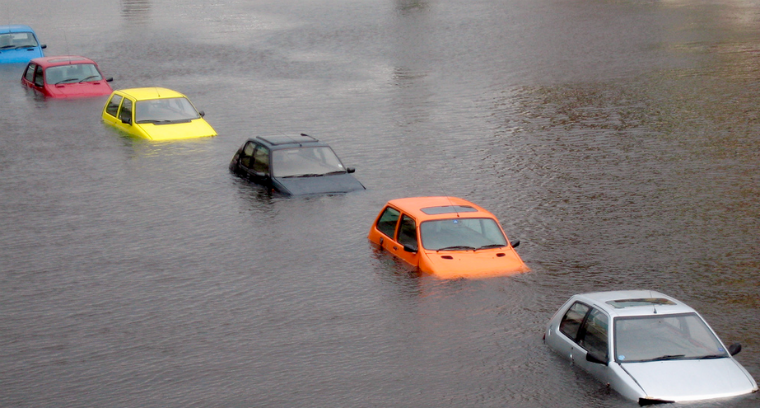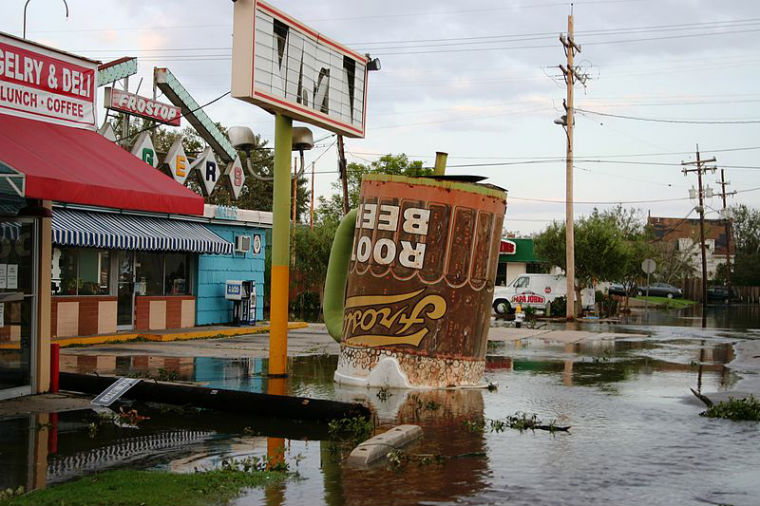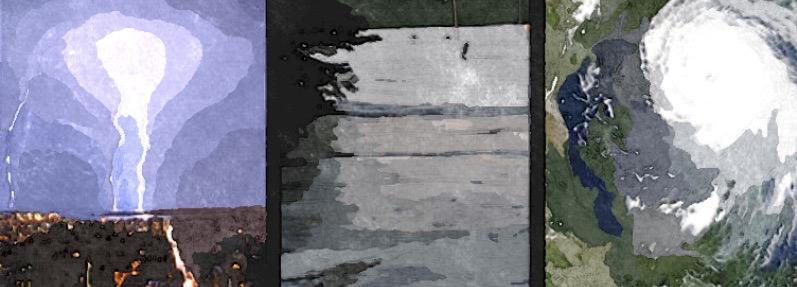Planning for the impact of extreme weather is one of those “it won’t happen to our small business” things many companies choose to ignore. During the past two years, we’ve shared often on the reasons why not planning for a disaster can be disastrous. With Missouri and other parts of the nation’s mid-section gripped with flooding conditions, it is time to review some of the preparations to take and resources to help you should disaster strike.
It’s Time to Prepare for the Natural Disaster Targeting Your Business
Flooding in a building or fires in a warehouse may seem like the most visible of threats to an organization or business, but there are many other ways that a natural disaster can affect your productivity. Damage to the resources and materials needed for consumption or sales will cripple a business, while any harm to capital will keep the transfer of assets to a minimum.
An Extreme Weather Plan is a Life or Death Small Business Requirement

(Photo via donatetocharity.com)
Before you find yourself, your business and your employees snowed in, flooded or blown away by high winds, you need to establish a plan and policies for responding to extreme weather. This will give your employees a concise understanding of your expectations for attendance and how your small business should operate during a heavy snowfall, hurricane, tornado, flood, or whatever else may cause Jim Cantore of the Weather Channel to show up in your town. While every company is unique and the types of situations you may face are varied, here are some of the issues you should consider and cover in such a policy.
Federal & State Government Emergency and Disaster Relief Resources

(Photo via wikimedia commons)
There are hundreds of government agencies at the federal, state and local level that provide information that can assist you in thinking through the types of disasters that may be most common in your region or industry. In addition to the links to the federal and state (and U.S. territories) agencies listed below, there are countless local and non-profit organizations (or, “non-government organizations,” NGO).
Review These 4 Types of Insurance During Small Business Disaster Planning

(Photo Wikimedia Commons, Public Domain)
The National Association of Insurance Commissioners (NAIC) is composed of state insurance regulatory commissions. Here are their recommendations related to the steps you should take to make sure you are fully covered by the types of insurance that can help your business survive most types of disaster. Schedule a meeting with your insurance agent or other business advisor to review your specific needs or situations related to your industry or other factors that may be related to your specific business or location. During your meeting, talk about your current coverage related to the four types of insurance related to disasters.
(Photo via donatetocharity.com)

